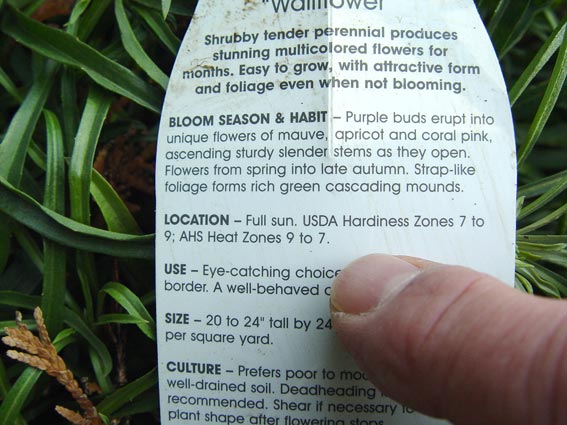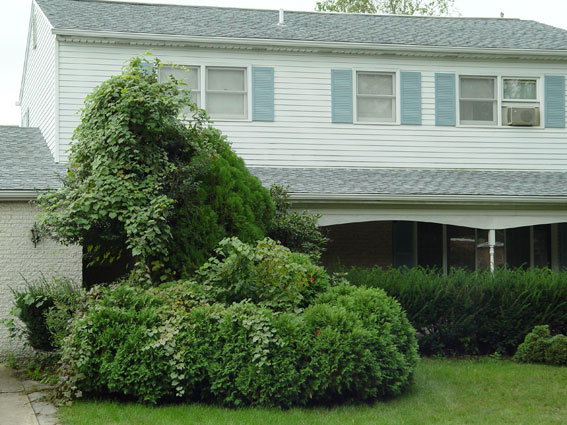How it Works: Preen Garden Weed Preventers
Here's how our Garden Weed Preventers prevent weeds before they even sprout rather than killing them after they’ve already had the chance to grow.
Here are some tips to help you understand the many factors that can influence a plant's size in your yard.
At this time of year, people flock to nurseries and garden centers to buy plants of all kinds, especially shrubs, to dress up their yards. Questions of all sorts are directed at the staff, but among the most frequent is: “How big is this plant going to get?” It’s a valid and important question since plants often end up outgrowing their space over time and causing landscape problems.
However, it is very difficult to answer this question with much accuracy, as so many variables are in play. Plant tags and garden references may not be much help either, as authors don’t always agree. Plants are living, changing, and growing things, and plant size depends upon many factors. Even the same type of plant grows at different rates and to different sizes in different settings. One reference may list a shrub’s height at 10’, while another may say 8’, and yet another may give a range of 6’ – 8’. How come? Different sources pick different time frames for their size references. One grower may approximate sizes after 5 years, another after 10, and yet another may average ranges or average sizes in real-life landscape settings. Even more complicated is the huge effect that environmental factors have on growth rates. An upright juniper, for example, may grow 12’ tall in 10 years in a sunny Wisconsin yard with rich loamy soil. Conversely in the lousy clay and brutal heat you might have, it may only make it to 8’.

Sizes listed on plant tags are only estimates at fixed points in time and can vary significantly in real life for a variety of reasons. © George Weigel
Even the exact position in your own yard can make a big difference. Plant in deep shade alongside or near the moisture- and nutrient-sucking root system of a Norway maple, and you’ll likely notice your plant isn’t growing well nor living up to the size on the tag. Plant sizes are influenced by all sorts of factors, including light, soil moisture, soil nutrition, soil type, pH levels, competition from other plants, temperature, drainage, and genetic makeup. Given optimum conditions, plants will grow bigger and faster than average. Give them hurdles, and they may barely survive, much less grow.
So apart from the name, why even bother looking at the tags and size references? If nothing else, the listed sizes at least give some kind of relative guide. That Virginia sweetspire (Itea virginica) you’re looking at might not end up exactly at the 3’ height listed on the tag, but at least you know it should be smaller than the ninebark (Physocarpus sp.) next to it, which is listed as an 8-footer. Even more useful is the height vs. width proportion. Your particular holly, for instance, may grow only 8’tall and 4’wide in 10 years, instead of the 12’ x 6’ on the tag, but at least the proportion is similar. This information is helpful to separate the “tall-and-skinnies” from the “short-and-wides”.

Lousy clay soil is stunting the growth of these house-front azaleas. © George Weigel
Once a plant is in the garden, you’ll have some control over how big you want to keep it. That is considered a plant’s “maintenance size” not the “mature size” that the tags and references mention. In other words, the real question becomes at what size can you (and will you) comfortably keep a plant? Tags may be a guide, but even more helpful is observing real plants in real landscapes. Check plants in the community, in parks, and in public gardens and make notes regarding the sizes of plants you’re considering adding to your landscape. If a particular plant that you fall for is way too big or too small for your purposes, avoid the temptation of planting one, thinking you will manipulate it later. This seldom works and creates extra work. Once your plant hits the size allotted though, be ready with the shears and pruners, or add water, fertilizer, or similar growth aids if it’s lagging below expectations.

These foundation plants are getting bigger than planned and starting to dwarf the house front. © George Weigel